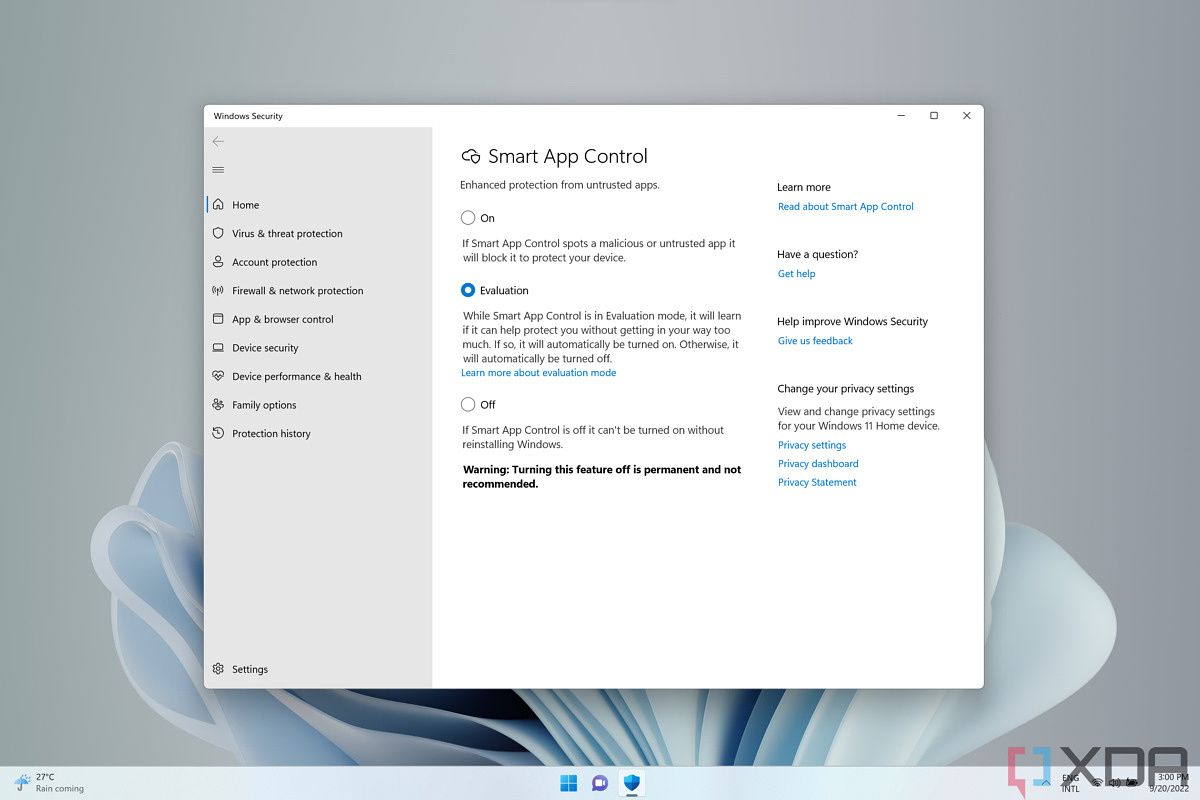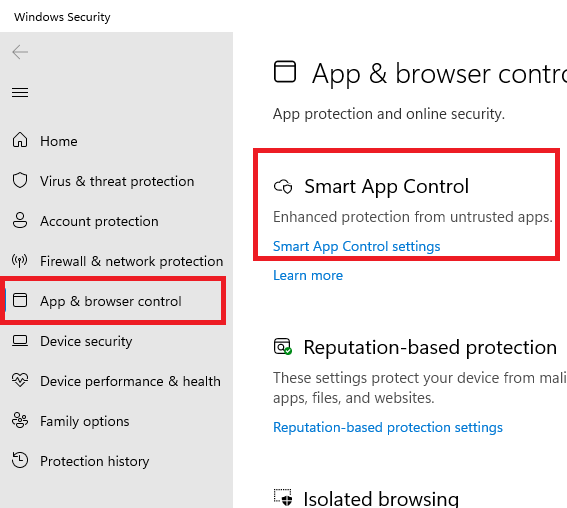
Malware and security threats are well-known issues on Windows systems, a concern shared by Microsoft itself. Addressing this ongoing challenge, Microsoft introduces Smart App Control (SAC). But what exactly is Smart App Control on Windows 11? It’s a cutting-edge AI-driven security enhancement designed to selectively block dubious applications. SAC not only thwarts untrusted software but also combats unwanted programs and intrusive adware, which can bog down your system with excessive advertisements and sluggish performance. Ready to fortify your Windows 11 experience? Dive into our comprehensive guide below.
Exploring Smart App Control on Windows 11 (2022)
Delve into our tutorial for an in-depth look at Smart App Control on Windows 11, complete with step-by-step instructions to activate SAC. Navigate through the table provided for quick access to specific sections.
Understanding Smart App Control (SAC) in Windows 11
Smart App Control, introduced with the Windows 11 2022 update (22H2 Build), serves as a new security measure. Its purpose is to prevent unauthorized or undesirable apps from running on Windows 11, even if third-party antivirus or Windows Security is inactive. Microsoft employs its cloud-powered security service to predict an app’s safety for execution on your PC.
Initially, the app is assessed using AI, a cloud-powered service, for any malicious behavior. If the service deems the app safe, it permits execution. If the cloud service is unable to reach a conclusion or detects a red flag, Smart App Control (SAC) verifies for a valid signature. If the app is signed and the signature is deemed trustworthy, SAC allows execution; otherwise, it blocks the program. This encapsulates the fundamental operation of Smart App Control on Windows 11.
Aside from that, there’s an Evaluation mode in Smart App Control. Initially, SAC operates in Evaluation mode to determine if you’re suitable to always have SAC enabled. If you’re a developer or work in a corporate environment, and if SAC interrupts you excessively, Evaluation mode will disable SAC so you can work without interruption. However, during the Evaluation period, if it detects that you’re likely to encounter malware and viruses, it will keep SAC enabled.
Enabling Smart App Control on Windows 11
1. On your Windows 11 PC running the 22H2 build, press the Windows key and search for “smart app“. Then, open “Smart App Control” from the search results.
2. This will open SAC settings under Windows Security. Here, click on “Smart App Control settings“.
3. Now, turn on Smart App Control, but I suggest using the “Evaluation” mode. This will learn from your usage and enable Smart App Control without bothering you too much about every untrusted app. In my testing, SAC is very aggressive when turned on all the time.

If the SAC setting is greyed out and not accessible on your Windows 11 PC, move to step #5.
How to Disable Smart App Control on Windows 11
4. If you want to disable Smart App Control on Windows 11, you can do so, but remember, once you turn it off, you can’t re-enable the feature unless you perform a fresh reinstall of the Windows 11 22H2 update. So it’s recommended to keep SAC enabled on your PC. The same applies to the Evaluation mode as well.
5. If the SAC is disabled and you can’t enable it, it’s due to the feature requiring a fresh install. Moreover, those who upgraded to Windows 11 22H2 build through Windows Update can’t activate SAC either. Yes, it’s a significant request to perform a fresh install of Windows 11 22H2 build to enable a security feature, but for comprehensive PC protection, you can reset Windows 11 via the cloud to obtain the latest build. SAC will then be enabled by default.
Frequently Asked Questions
Can I bypass Smart App Control for individual apps?
Microsoft confirms no way to bypass Smart App Control for individual apps. You won’t install the app until you turn off SAC on your Windows 11 PC. A better solution is to contact the developer and encourage valid signature use for their apps.
Does Smart App Control replace antivirus software on Windows?
No, Smart App Control does not replace antivirus software. SAC works alongside Microsoft Defender and other security software to provide added protection on Windows 11 devices.
Block Threats and Untrusted Apps With SAC on Windows 11
That’s everything you need to know about Smart App Control and how to use it on your Windows 11 computer. The security feature is useful and will save many users from executing malware. Check out the best free antivirus for Windows 11 to keep your PCs safe. Find the best privacy settings to change for Windows 11 from our linked article. If you have any queries, let us know in the comment section below.

Pritam Chopra is a seasoned IT professional and a passionate blogger hailing from the dynamic realm of technology. With an insatiable curiosity for all things tech-related, Pritam has dedicated himself to exploring and unraveling the intricacies of the digital world.


